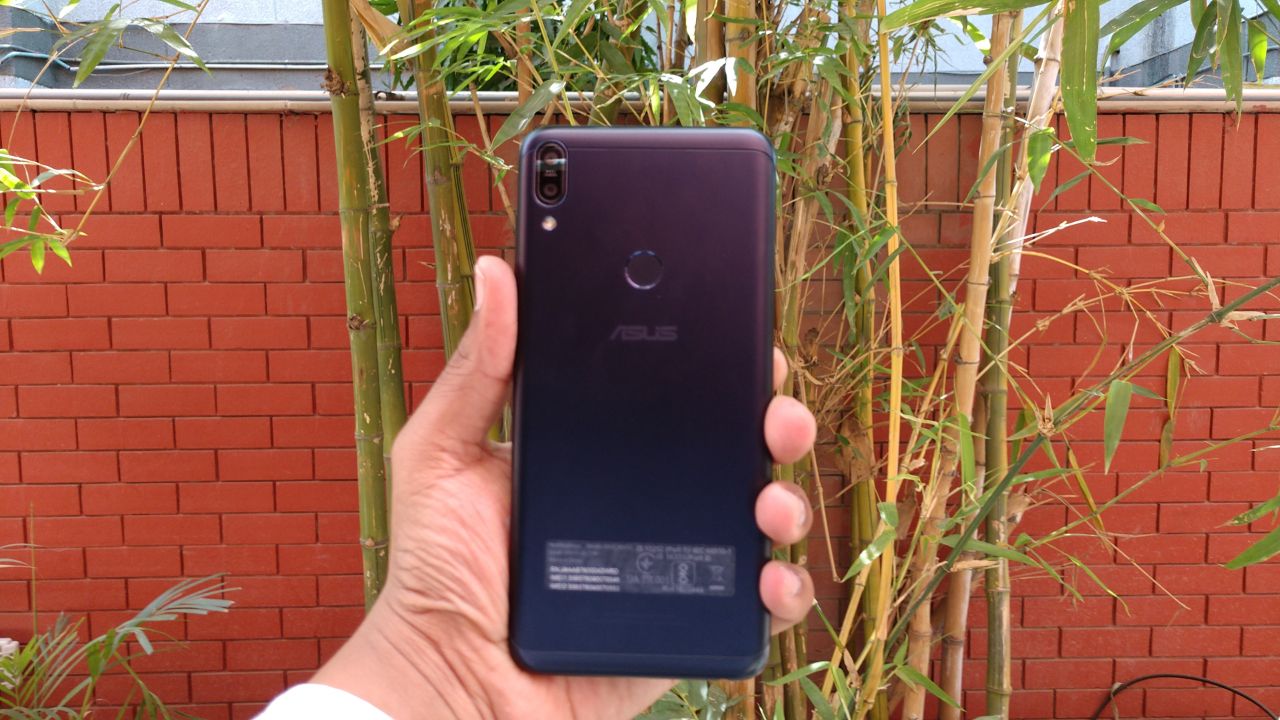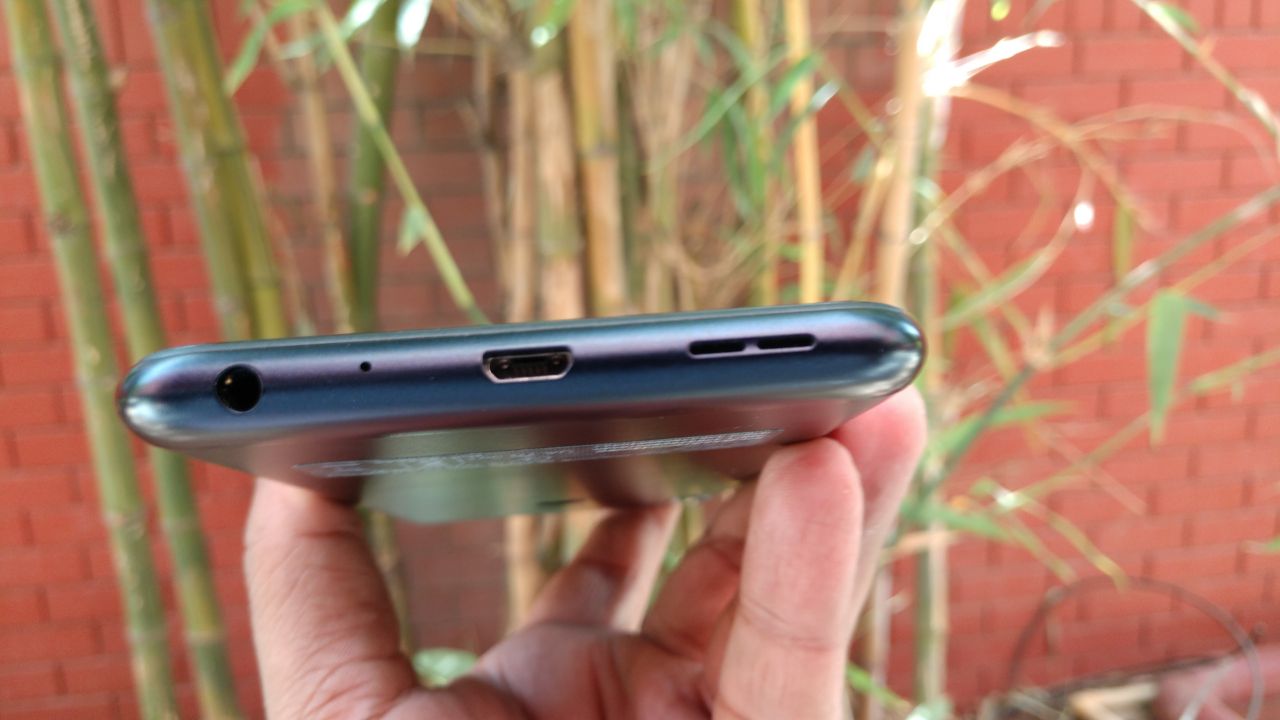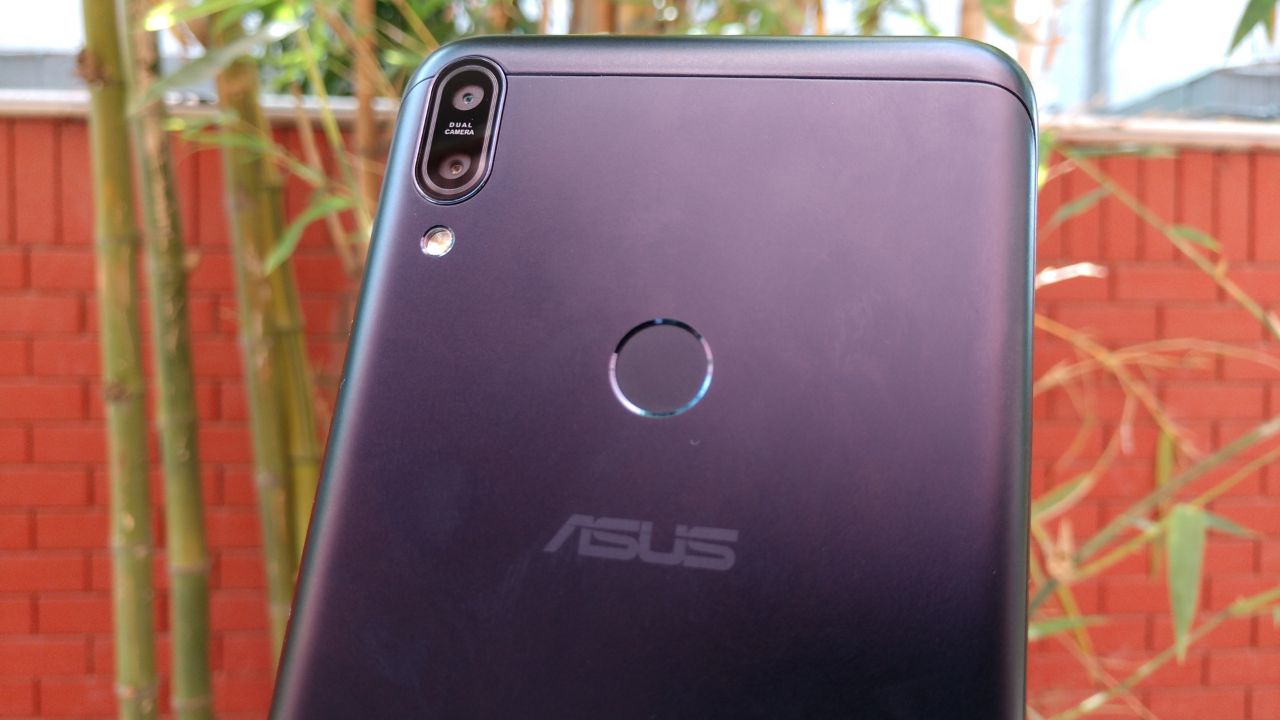Asus, which has been fighting a battle for survival in the smartphone category has just launched a new smartphone that seems to be their make or break move. The Zenfone Max Pro M1 in India is available for Rs 10,999 for the 3GB RAM variant and Rs 12,999 for 4GB of RAM. Exclusively on Flipkart. The latest smartphone comes loaded with all the new features that you would look for in a smartphone at this price point.
Whether be it the latest display trend, metal unibody or massive battery and powerful processor, the Asus Zenfone Max Pro M1 ticks all the features expected in a smartphone which is targeted towards consumers who don’t want to spend a bomb and yet want a suitable device. At a time when a brand like Xiaomi is enjoying a smooth run in the budget segment, Asus is all set to challenge itsmonopoly. But will it be able to succeed? It certainly won’t be for lack of trying. Let’s see why.
Standard design, immersive display

Starting with the design, the Asus Zenfone Max Pro M1 looks very similar to other smartphones available at this price point, but you cannot help with this as the smartphone design has been stagnant or ‘optimised’ to this point in the budget segment. However, Asus has refined it to give a premium look. The Max Pro M1 features a metal unibody with 2.5D curved glass at the front. One thing we like about the design is flushed dual rear cameras, which gives a pretty clean and premium feel to the device. That said, on the downside, the phone is a bit heavy and slippery due to the smooth finish at the back and massive battery backup, so we suggest a protective case as a given for this one.
The display is one department, where Asus has done an excellent job. The smartphone features a 6.0-inch Full HD+ display with a screen Resolution of 2160 x 1080 pixels. The display offers 450 nits brightness along with 85 percent NTSC colour gamut and 1500:1 contrast ratio.

It should ideally translate to a vivid and bright display, which turns out to be true. The screen offers some good colour outputs with text appearing to be sharp and with viewing angles looking good. The display is quite bright, though it is a bit reflective, which at the of the day hampers the outdoor visibility. Overall, whether be it watching animated movies or playing games, the display delivers some perfect output. The company has also given Night Light option, which makes it easier to look at thescreen during those before-bed reading times.
Performance is impressive…
The Asus Zenfone Max Pro M1 is powered by the latest Qualcomm Snapdragon 636 Processor along with Adreno 509 GPU. The phone is backed by a 3GB of RAM and 32GB of internal storage, while there is another variant that comes with 4GB of RAM and 64GB of internal storage. We got former for the review and it is safe to say that the smartphone impressed us with its sheer performance. Whether be it using it for daily needs or multitasking like a pro, the phone delivers on all fronts. The Max Pro M1 was able to handle casual games like Subway Surfer, Canon Ball and more like a piece of cake, while high-end games like PUBG Mobile and Asphalt 8: Airborne ran pretty smoothly with a minimal instance of lag. Further, we didn’t notice much of overheating issue during our review period.

Another area where the phone does a good job is on the battery front. The smartphone features a massive 5000mAh battery, which lasts up to 1.5 days under normal usage and it gives almost a day’s backup under power usage. The smartphone takes nearly 2 hours and more to charge from 0 to 100 percent. Coming to soundquality, the brand has introduced 5-magnet speaker with NXP smart amplifier technology. The phone comes bundled with Max box, which boosts the audio experience as per company’s claim. In real testing, the sound quality of the Asus Zenfone Max Pro is respectable, though we didn’t feel much of a difference with the Max box.
…so does the software
We have always complained about how the ZenUI in Asus smartphones is complicated and comes fully-loaded with bloatware and more. But with this smartphone, the company has discarded its cluttered and bulky ZenUI for a more refined and near-to-stock experience. The company has taken a leap of faith and it surely pays off. The latest ZenUI runs on Android 8.1 Oreo, which is a rarity at this price point. The user interface is super light as compared to previous generations ZenUI and it comes with minimal bloatware.

The user interface is smooth and easy to navigate. A simple swipe up from the base will reveal the App drawer, while simple swipe down will reveal notification tray. We faced no issue while using the device as the transitions were smooth and there was no noticeable lag. The company has promised that it will provide timely updates for this smartphone and the brand has been faithful to its word till now. During our review period, we got two major updates, while just before the sales of the smartphone, the company rolled out with another update that brings Face Unlock feature to the table.
Cameras are competent, if not exceptional
Asus Zenfone Max Pro features a dual-camera setup at the rear, which comes with a combination of 13-megapixel primary sensor with f/2.2 aperture, PDAF, 5 element lens, 80-degree wide angle lens, while there is a 5-megapixel secondary sensor for bokeh effects. For the front, there is an 8-megapixel front-facing camera f/2.0 aperture, 85.5 wide angle lens and 26mm focal length. That said, the camera performance of the rear camera is good when the lighting conditionswere ideal. Check out the camera samples of Asus Zenfone Max Pro M1.

The photos came out to be natural and colours were close to the source. Coming to macro shots, the smartphone shimmers a bit here as it was not able to properly focus on the subject, which resulted in some blurred photos. However, the bokeh effect seems to be a hit and miss on this one. Sometimes the subject is clearly highlighted and the background is blurred, while other times we can see some bleeding at the edges of the subject.
That said, the low light performance of the Asus Zenfone Max Pro M1 was above average it was able to take some good shots, but it some cases grains was quite visible. Coming to the front camera, one can expect good snaps in the daylight and we liked the fact the bokeh effect for the front works pretty fine, but in indoor and low-light conditions, there is a noticeable drop in the quality.
With its Flipkart tie-up, the firm has added some amazing service features, like a comprehensive insurance plan at a special rate, and more. That really makes this a great offering, and one you must check before you make that buy.


